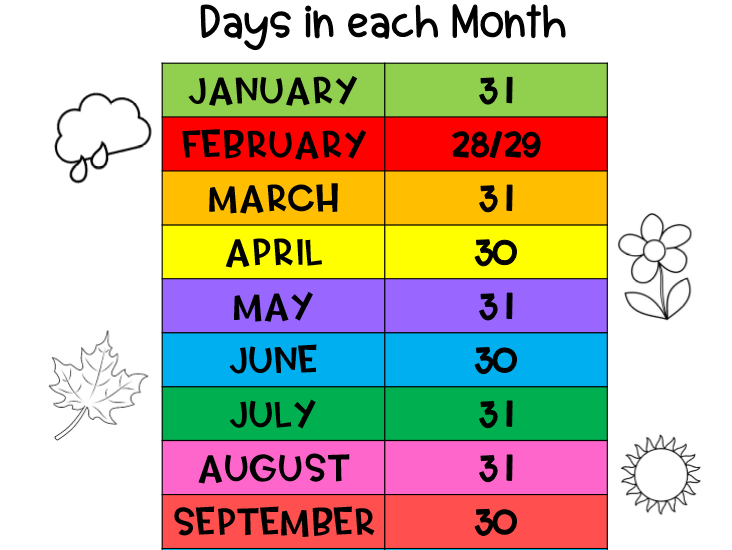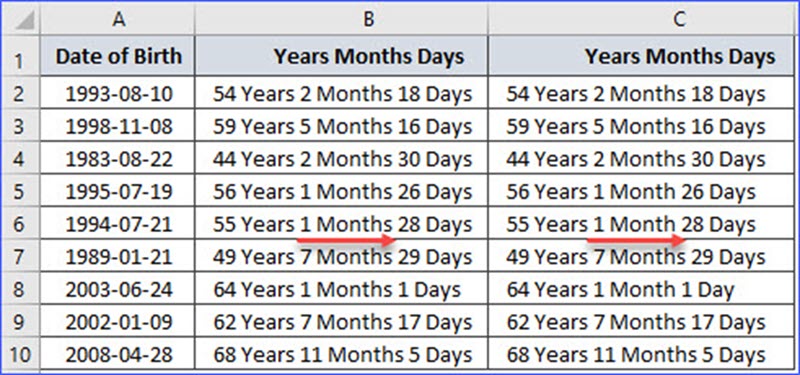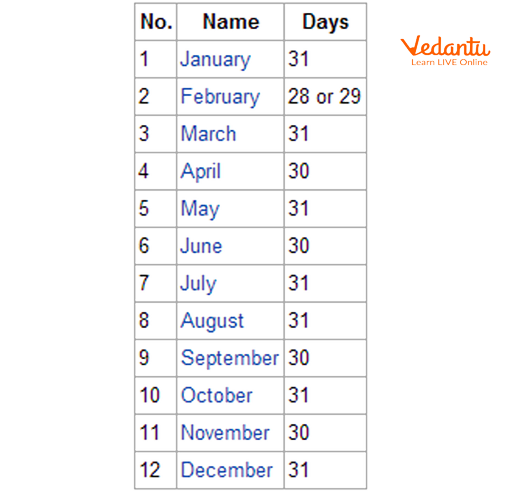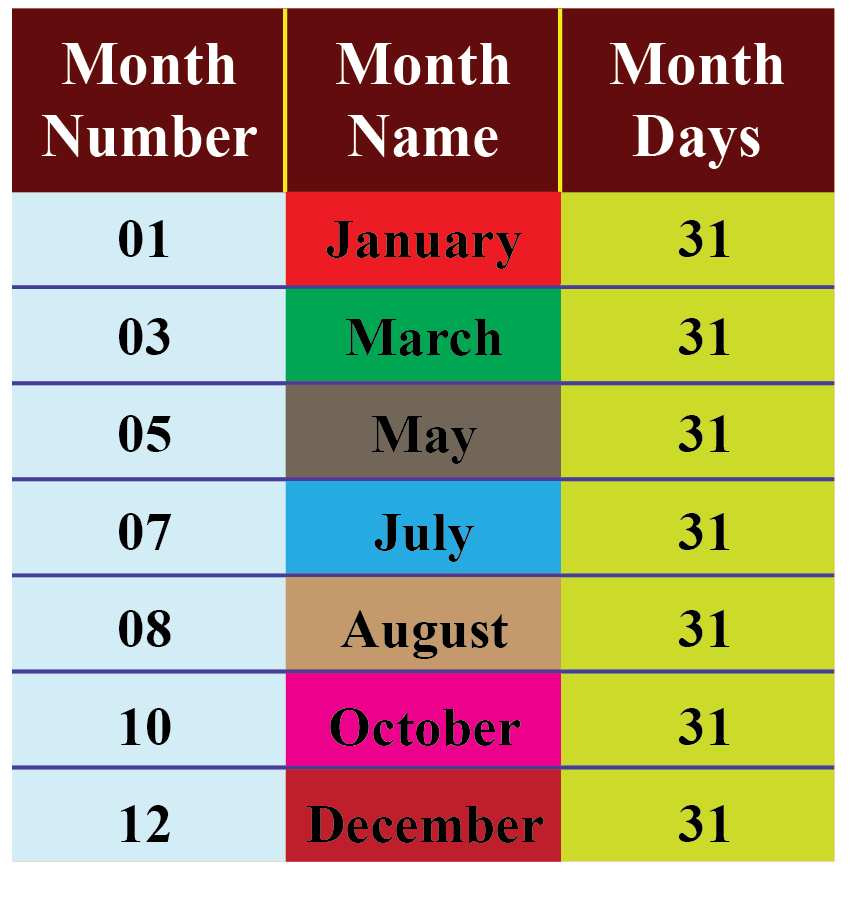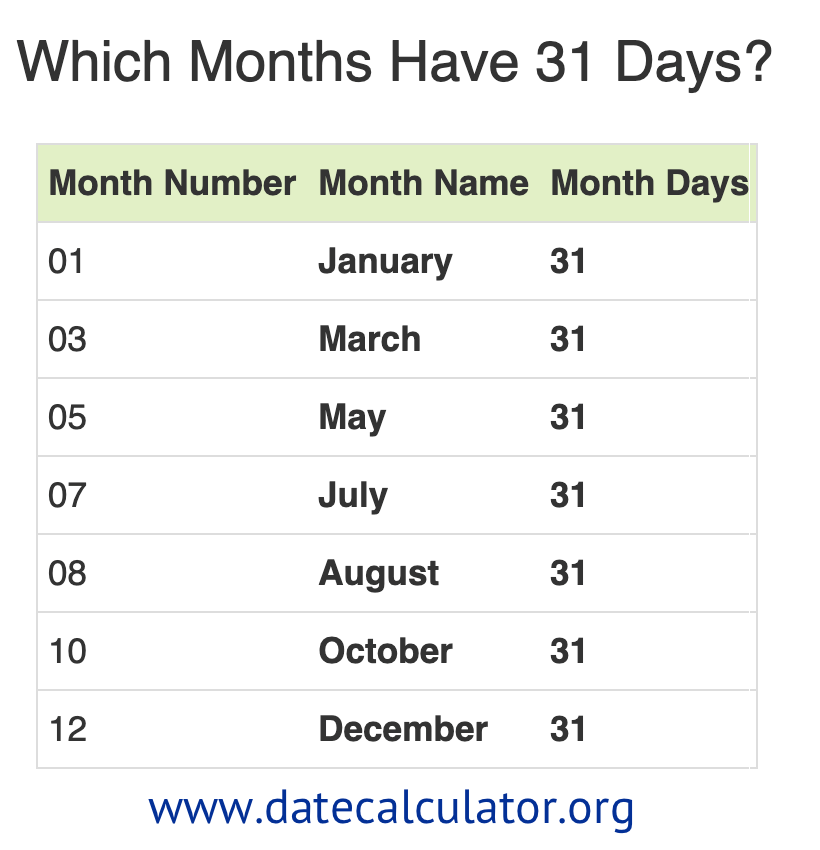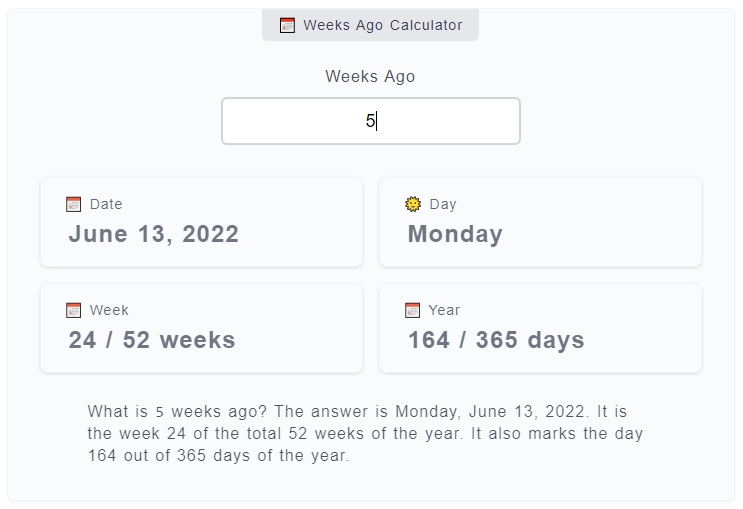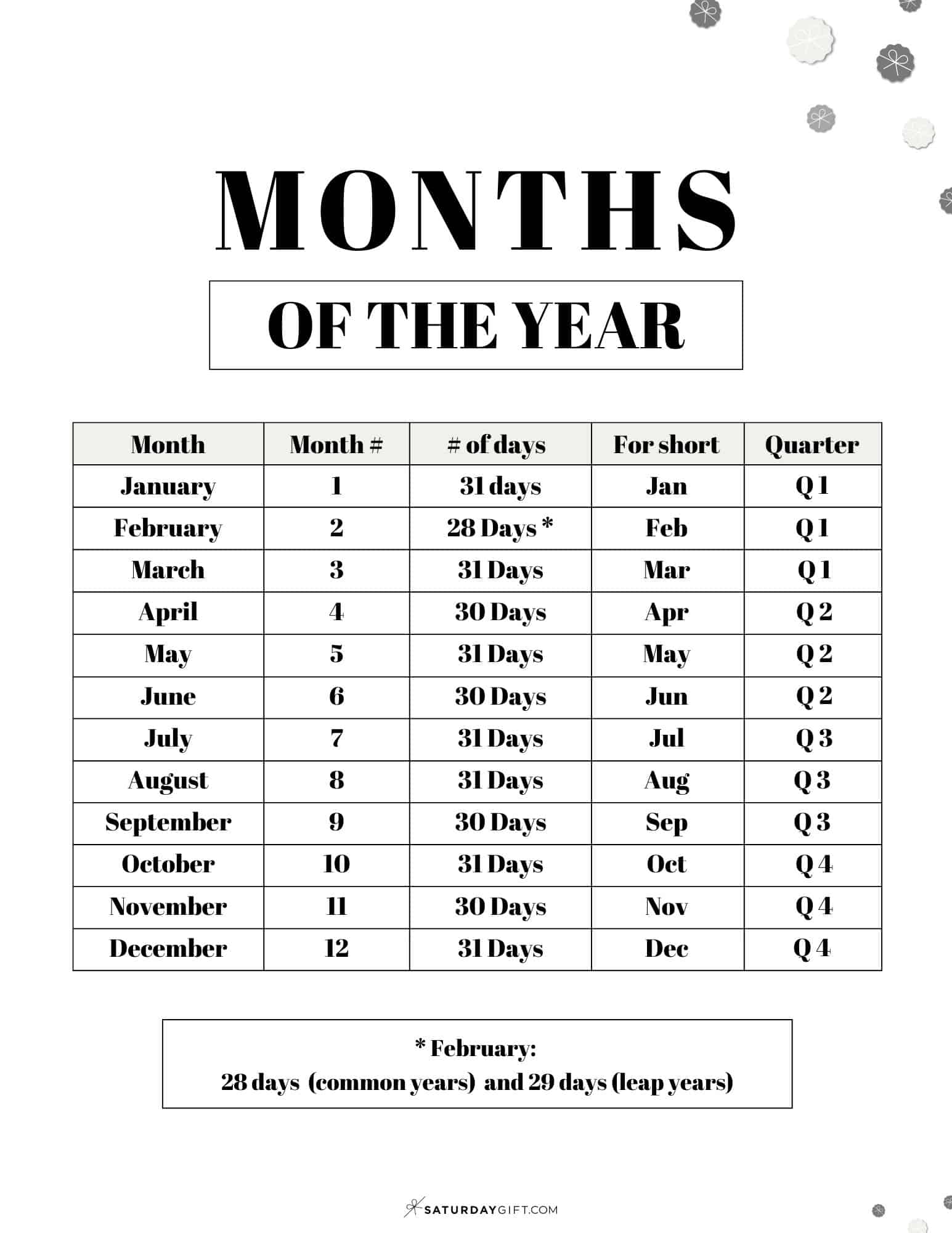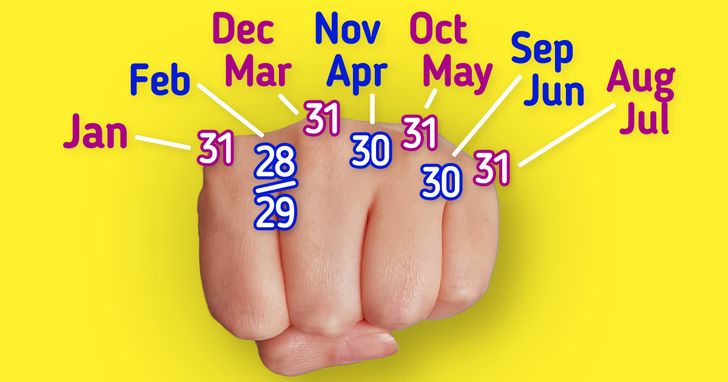How Long Is 110 Days In Months

The late afternoon sun cast long shadows across the park as a group of friends debated. Laughter mixed with playful arguments filled the air, their voices rising and falling like a gentle melody. The central question, surprisingly, wasn’t about politics or sports, but something far more practical: “How long is 110 days in months, anyway?”
Calculating the conversion from days to months, specifically understanding how 110 days translates into months, is a common question that arises in various everyday situations. This seemingly simple question requires careful consideration of how months are defined and calculated, a nuance that often leads to different interpretations and slight variations in the final answer.
Understanding the Nuances of Time Conversion
The conversion of days to months isn't as straightforward as one might initially assume. This is due to the fact that months vary in length, ranging from 28 days (in February during common years) to 31 days. Therefore, there is no single, universally agreed-upon precise conversion factor.
Different Approaches to Calculation
There are a few common approaches to tackle this calculation. Each approach has its own merits and is suitable for different contexts.
One way is to use the average length of a month. The average month length is approximately 30.44 days (calculated by dividing 365.25 days in a year by 12 months).
If we use this average, then 110 days would be approximately 3.61 months (110 / 30.44). This is the most common method and is often used for estimations and planning.
Another approach involves taking into account the number of days in each month more specifically. This is especially useful when you need a more accurate timeframe and are looking within a specific calendar period.
For instance, if you're looking at a period that includes February in a non-leap year, your result might be slightly different than a period spanning primarily 31-day months. However, this method can be more time-consuming.
Finally, some calculators and online tools offer more precise conversions by considering the exact dates involved. These tools are beneficial for situations requiring high accuracy, such as financial calculations or contract durations.
Practical Applications and Context
The need to convert days into months arises in many daily life situations. From planning project timelines at work to understanding lease agreements, knowing how many months are in a specific number of days is essential.
For example, a 110-day project timeline translates to roughly 3.6 months. This estimate allows managers to allocate resources and set realistic deadlines.
In real estate, understanding the duration of a short-term rental agreement (e.g., 110 days) might help both landlords and tenants in their financial planning.
In healthcare, a 110-day treatment plan could be presented as approximately 3 and a half months, making it easier for patients to grasp the duration.
Furthermore, in many corporate settings, understanding the month-to-day ratio can be essential for quarterly planning and project forecasting.
For many, the difference between 3.6 months and simply saying "three months" can be significant in setting expectations.
Common Pitfalls and Misconceptions
Many individuals make the mistake of assuming each month has 30 days for easy calculation. While it’s simple, this method is not always accurate. This can lead to errors in planning or financial calculations.
Another misconception is ignoring the presence of February in a non-leap year. February's shorter length can impact the overall conversion, especially for precise planning.
It is also common to overlook the fact that these conversions are primarily estimates. For critical applications, it's best to use calendar tools or consult with experts.
Looking Ahead: The Future of Time Calculation
With advancements in technology, accurate time calculations are becoming increasingly automated. Online tools and software applications offer instant and precise conversions. This removes the need for manual calculation.
Even smartphones and digital calendars have built-in functionalities to convert days to months and other time units. This makes accurate calculations more accessible than ever.
The integration of AI and machine learning also promises better predictive models for forecasting project timelines. They can take into account various factors that affect schedules and durations.
This will not only enhance the accuracy but also streamline decision-making processes across different sectors.
Final Thoughts
So, circling back to our original question, how long *is* 110 days in months? Using the average of 30.44 days per month, it’s approximately 3.61 months. While that might not sound like a definitive answer, it highlights the inherent variability within the Gregorian calendar. This seemingly simple question touches on the beautiful intricacies of time itself.
Whether you’re planning a vacation, managing a project, or simply curious, understanding this basic conversion can be incredibly valuable. So the next time someone asks you, you can confidently share your knowledge. You can explain the nuances and help them navigate the often perplexing world of time calculation.


